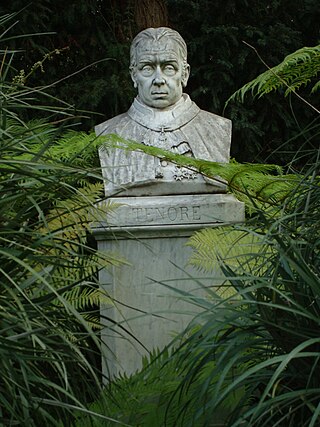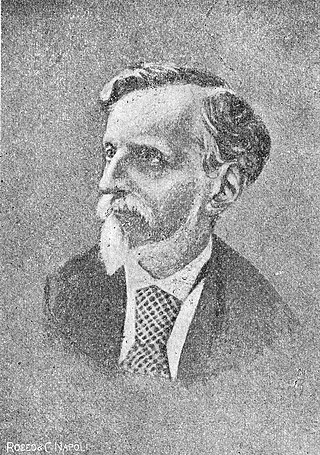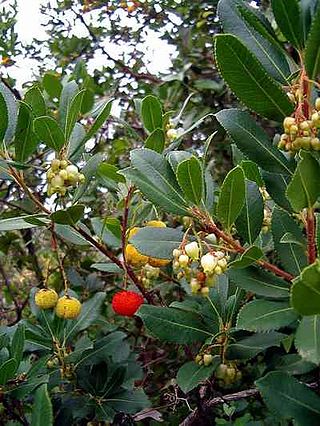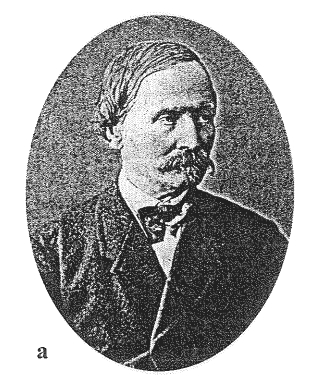
Count Adelardo Tommaso Salvadori Paleotti was an Italian zoologist and ornithologist.

Odoardo Beccari was an Italian botanist famous for his discoveries in Indonesia, New Guinea, and Australia. He has been called the greatest botanist to ever study Malesia. His author abbreviation is Becc. when citing a botanical name.

Giovanni Domenico Nardo was an Italian naturalist from Venice, although he spent most of his life in Chioggia, home port of the biggest fishing flotilla of the Adriatic. He learned taxidermy and specimen preparation from his uncle, an abbot. He went in a high school in Udine and studied medicine in Padua, where he reorganized the zoological collections. In 1832 he reorganized the invertebrate collection at the Imperial Natural History Museum in Vienna and in 1840 he became Fellow of the Istituto Veneto di Scienze, Lettere ed Arti, an academy whose aim is "to increase, promulgate, and safeguard the sciences, literature and the arts". Nardo wrote hundreds of scientific publications ranging from medicine and social sciences, philology, technology, physics, but mostly on Venetian and Adriatic zoology. In marine biology, Nardo wrote on algae, marine invertebrates, fishes and sea turtles. A vast collection of his manuscripts and his personal library is preserved in the Natural History Museum of Venice.

Pier Andrea Saccardo was an Italian botanist and mycologist. He was also the author of a color classification system that he called Chromotaxia. He was elected to the Linnean Society in 1916 as a foreign member. His multi-volume Sylloge Fungorum was one of the first attempts to produce a comprehensive treatise on the fungi which made use of the spore-bearing structures for classification.

Adolfo Targioni Tozzetti was an Italian entomologist who specialised in Sternorrhyncha. He was Professor of Botany and Zoology in Florence, associated with Museo di Storia Naturale di Firenze where his collection remains today at La Specola. He was especially interested in pest species, mainly mealybugs, scale insects and other pests that attack citrus and peaches. He described many new taxa.

Giorgio Jan was an Italian taxonomist, zoologist, botanist, herpetologist, and writer. He is also known as Georg Jan or Georges Jan. He was the first director of the natural history museum at Milan.

RaffaelloGestro was an Italian entomologist who specialised in Coleoptera. Gestro was the Director of the Natural History Museum of Giacomo Doria Genoa where his collection is conserved. He was a Member and President of the Italian Entomological Society.

Michele Tenore was an Italian botanist active in Naples, Italy.

Giovanni Arcangeli was an Italian botanist from Florence.

Vincenzo de Cesati (1806–1883) was an Italian botanist from Milan.
Giuseppe Gibelli was an Italian botanist and lichenologist who was a native of Santa Cristina e Bissone.

The flora of Italy is all the plant life present in the territory of the Italian Republic. The flora of Italy was traditionally estimated to comprise about 5,500 vascular plant species. However, as of 2019, 7,672 species are recorded in the second edition of the flora of Italy and in its digital archives Digital flora of Italy. In particular, 7,031 are autochthonous and 641 are non native species widely naturalized since more than three decades. Additionally, further 468 exotic species have been recorded as adventitious or naturalized in more recent times.
Passerinula is a genus of fungi in the class Dothideomycetes. The relationship of this taxon to other taxa within the class is unknown.
Emilio Berio was an Italian entomologist and lawyer.

Giovanni Antonio Maria Zanardini was an Italian physician and botanist who specialized in the field of phycology.
Caro Benigno Massalongo was an Italian botanist who specialized in the field of liverworts. He was the son of paleontologist Abramo Bartolommeo Massalongo (1824-1860).
Théodore (Teodoro) Caruel was an Italian botanist of French-English parentage who specialized in flora of Tuscany.

Giuseppe Moretti was an Italian botanist.
Napoleone Pini was an Italian zoologist and palaeontologist.
Elisabetta Fiorini Mazzanti was an Italian botanist and writer. She was known for her work in bryology and algae. In scientific literature, she is referred to by the abbreviation Fior.-Mazz.












